Eastbound N&W passenger train The Powhatan Arrow arriving at the elevated station in Kenova in August, 1966 having crossed the main truss spans over Ohio River and coming to a stop on the approach spans. The existing structure was completed in 1913 having replaced the single track structure built in the early 1890s.
In my November 5, 2010 post I mentioned that Kenova was a great location to photograph trains on two major railroads at that time and at one place and those were the Chesapeake & Ohio and the Norfolk & Western railways. I won’t take time to repeat what was said in my first post but I have included two photos of the C&O as promised. I hope you enjoy this photo essay.
On the left: Close up of N&W GP9 #519. These units were steam generator equipped and also had dual control stands so that the units would not have to be turned and the engineer could always be on the right side to see the signals. Photo on the right shows connections between the units so they can be operated by only one engineer. The N&W was one of the few major railroads to use “geeps” to pull main line passenger trains.
The Arrow sported a dome car as a result of the lease of the Wabash RR by the N&W in 1964. In the same year the N&W acquired the Nickel Plate Road and the Pittsburgh & West Virginia Ry by lease that expanded the N&W almost four fold. The N&W did not have domes until the Wabash acquisition.
Westbound coal drag approaching the Kenova bridge being pulled by GP9 #713 and sister units. It was hard to capture the force being exerted by theses locomotives pulling the loads up grade to the bridge.
N&W GP9s #869 and 717 switching a string of hoppers around Kenova Yard. The track the train is on used to be the mainline to Williamson, WV. In 1933 a section between Wayne and Lenore was abandoned in favor of a better alignment along the Big Sandy and Tug Fork rivers. It is at this spot where the new alignment on the right ties into the original N&W main. The old main line out of Kenova then became the Wayne Branch. It still carries the mainline mile posting that originates from Norfolk, VA
Westbound Powhatan Arrow with dome car arriving at the Kenova Depot in September, 1967. This view shows the expanse of the elevated platform. It’s almost as if you were at ground level. N&W’s color position signal is in the background. Just to the right in the distance is KX Tower. The tan building across the tracks which a lady passenger is walking toward, houses the elevator for moving baggage from the ground floor. Note the line of baggage carts. Next to that is the station.
The westbound Arrow is approaching Kenova on a cold snowy day in February, 1968. The signal on the left is for eastbound C&O trains. If I remember correctly, the signal was attached to the walkway but when it was removed the signal was relocated to a ground mast.
At one time the Kenova station served three railroads. Besides the N&W and C&O, the Baltimore & Ohio had passenger service from Wheeling, WV to Kenova on their Ohio River Branch. Some time in the 1950’s, C&O and B&O passenger trains stopped serving Kenova. In B&O’s case, passenger trains were discontinued. By 1965, 11.6 miles of the Ohio River Branch from Huntington to Kenova was removed as a result of the C&O acquiring control of the B&O in 1963.
Eastbound empty coal train headed back to the coal fields being pulled by GP9 #845 followed by Alco RS11 #377 and another GP9. The main truss spans over the Ohio River are in the background. This is one of my favorite shots.
Conductor of the same train as above giving the photographer a wave as he passes by. I really miss not seeing cabooses bringing up the rear of today’s freight trains.
A work extra has just left Kenova Yard heading to do work probably somewhere in Ohio perhaps at South Point or Ironton.
The C&O also did its share for making Kenova a Hot Spot for train watching which it still is today. GP9 #6249 is puling an eastbound manifest freight along with four sister units. It is about to go under the N&W bridge. The signal bridge in the background marks the end of the C&O three track main line that began in Huntington. (See Huntington, WV Part III). From there two tracks cross the Big Sandy River into Catlettsburg, KY. The track on the far right is N&W’s line to the coal unloading facilities along the Ohio River. Train movements from Kenova Yard had to cross the C&O mains at grade through a series of crossovers approximately a mile east of here.
Another eastbound C&O manifest pulled by GP9 #5975 about to pass under the N&W bridge. The Kenova Depot is just to the right out of the picture. In the distance you can see the telltales suspended over the tracks. They served as a warning to men riding on the tops of cars of an impending low clearance. They became obsolete when the railroads banned train crews from the top of box cars.
The Ohio side of N&W’s bridge over the Ohio River afforded a closer view of the massive truss spans plus made another interesting spot to photograph trains. Here two GP units are leading a loaded coal train westbound toward Portsmouth, OH.
The west bound Arrow crossing the five truss spans over the Ohio in March 1968. The bridge is approximately 80 ft above normal pool. It has survived floods of the Ohio River over the years including the flood of 1937 which has been designated as the worst flood of recorded history. The small structure in the foreground is the old US 52 underpass at North Kenova, OH
Eastbound empty hopper train headed by Alco C626 #1139 and EMD GP18 #906. There is no highway bridge over the Ohio River at Kenova. The closest bridge is at 17th St W in Huntington about 5 miles upriver. The next closest is about 7 miles downriver at Ashland, KY.
Two views of KX Tower. On the left the tower was still in operation in February, 1968. On the right in June 1972 you can see evidence that the tower is no longer in operation. Train order signals and the platforms for the engineer and conductor to pick up train orders on the fly have been removed. KX Tower at one time controlled the mainline from Prichard, WV to Ironton, OH a distance of about 25 miles.
Tower operator, Harold Neal of Portsmouth, OH, standing on the platform at Kenova Tower where train orders are placed to be picked up by train crews passing by. I remember how he befriended me and allowed me to see what an operator does during his shift.
Harold was quite busy at times. He received train orders from the division dispatcher over company phone then typed up the orders and placed them out for the trains. Also he remotely controlled switches and signals from a control panel inside the tower. The need for train orders diminished over the years as the railroads adopted two way radio communications. Towers were gradually closed as railroads switched to controlling trains from a central location mostly at division headquarters.
I hope you have enjoyed this look at Kenova.
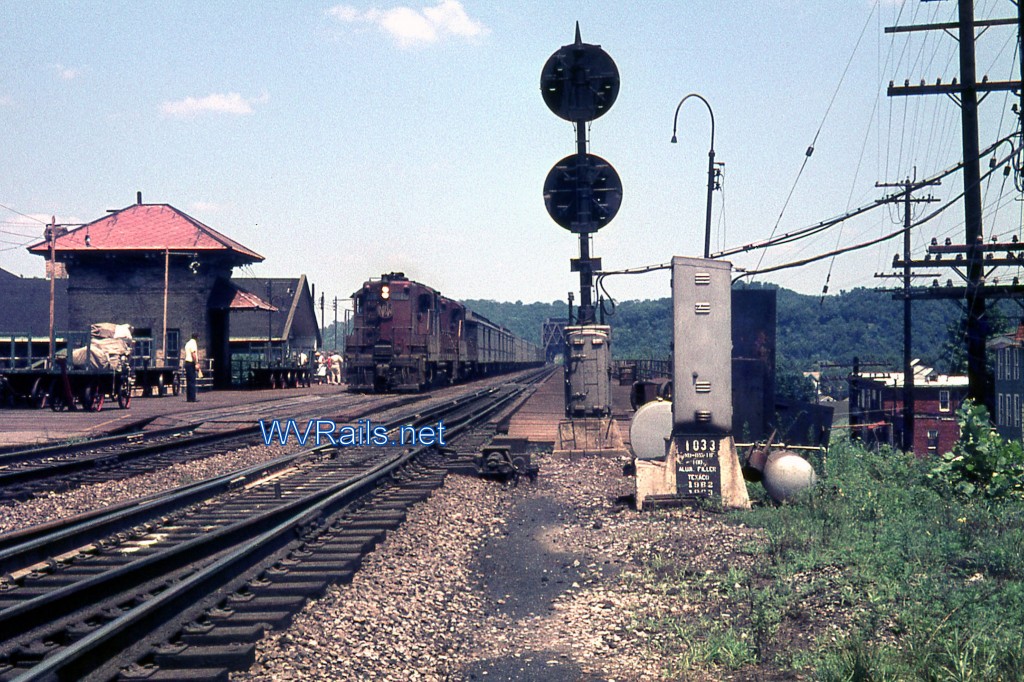


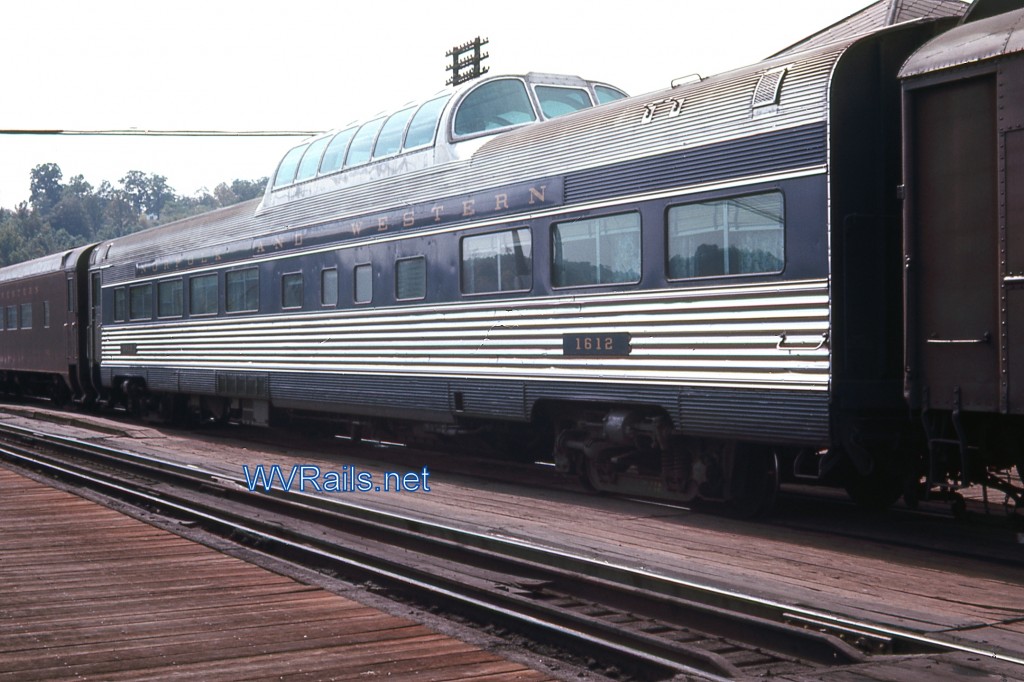
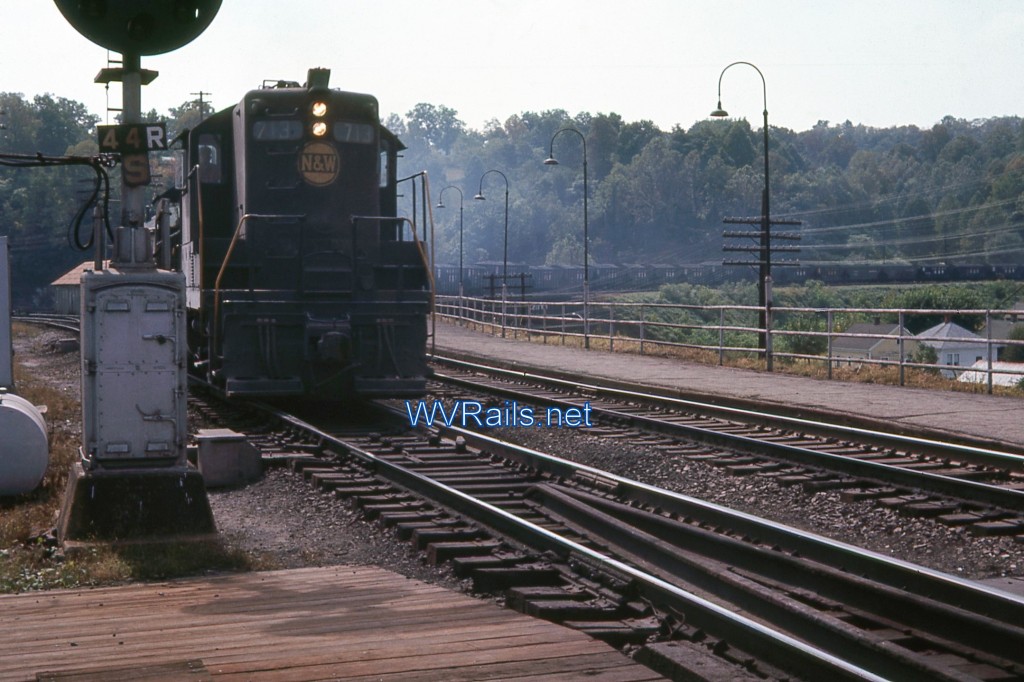

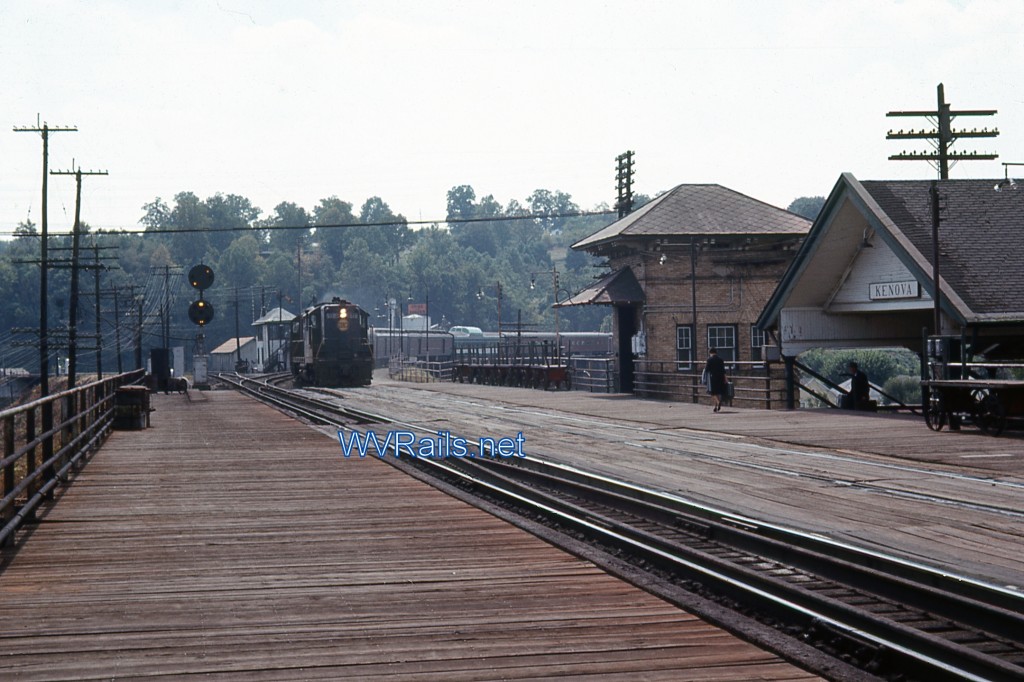
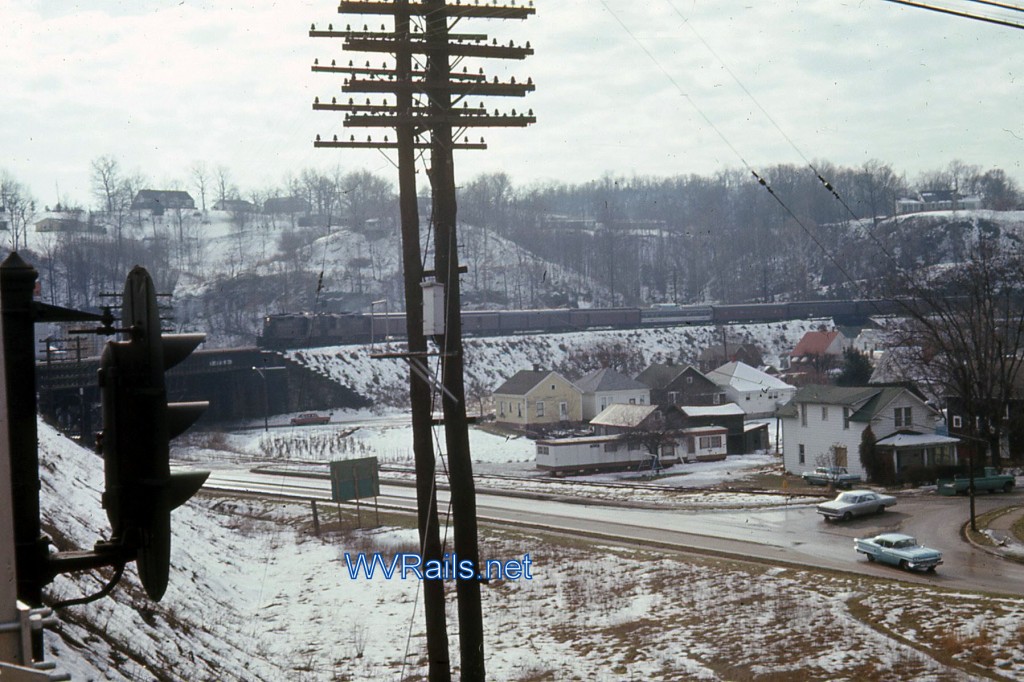
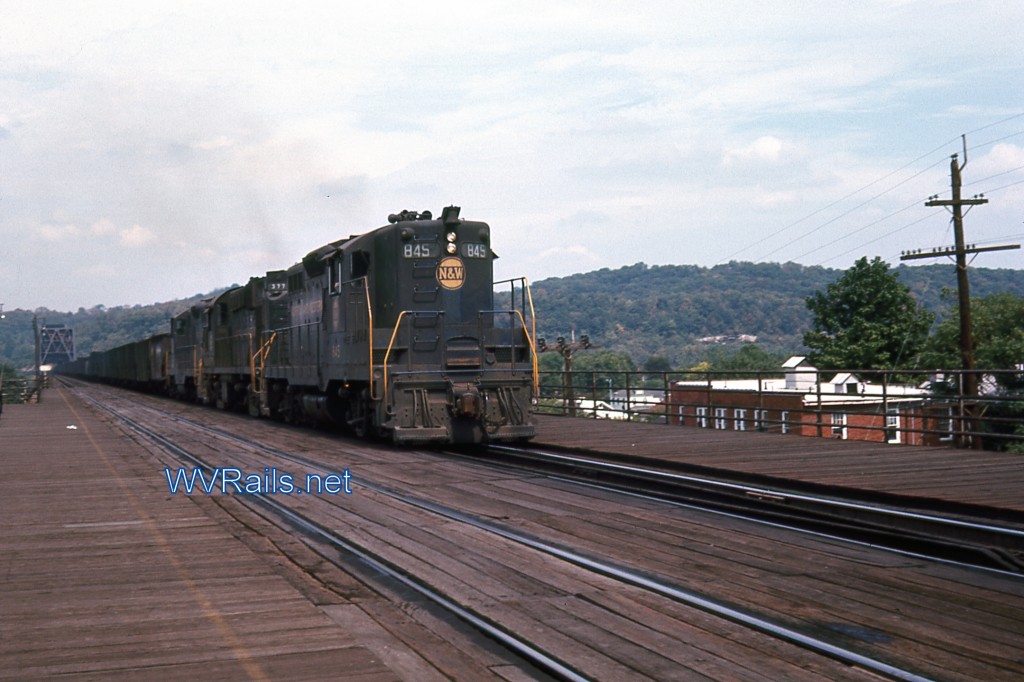

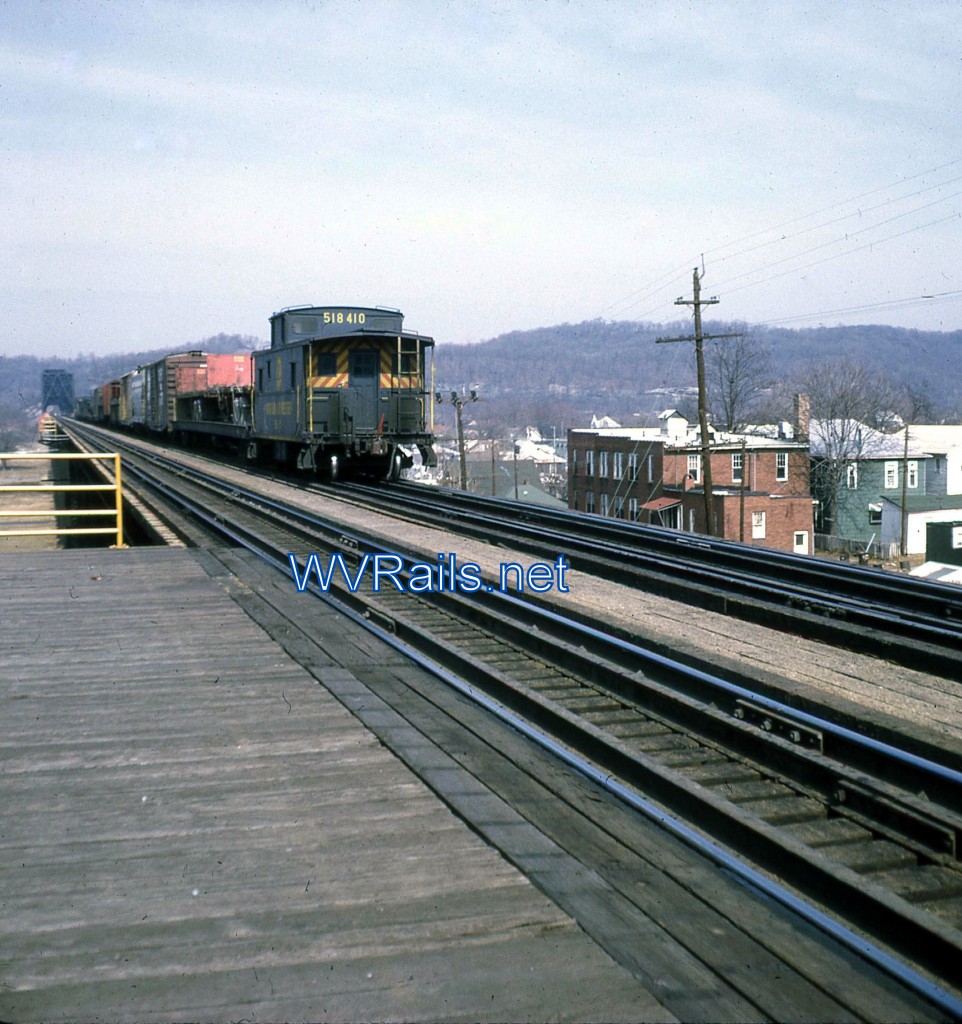

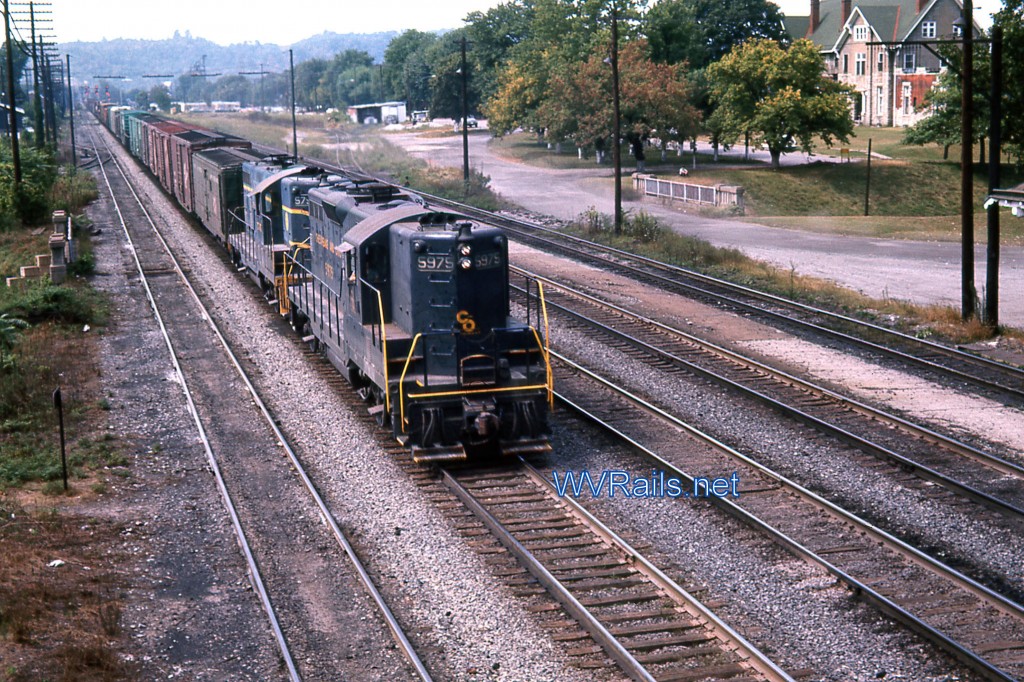
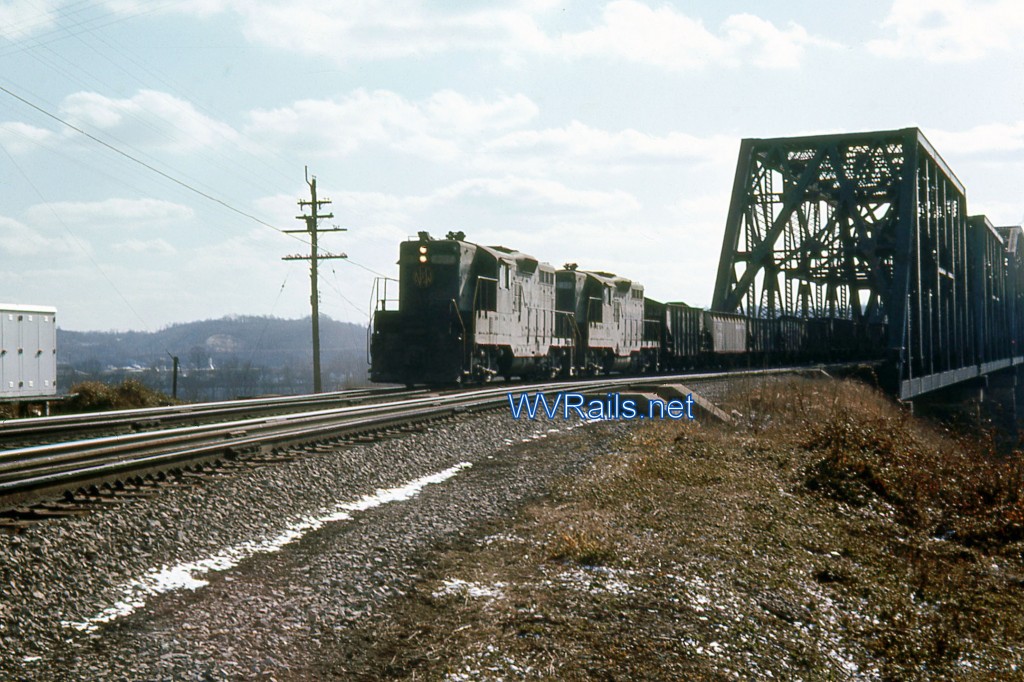
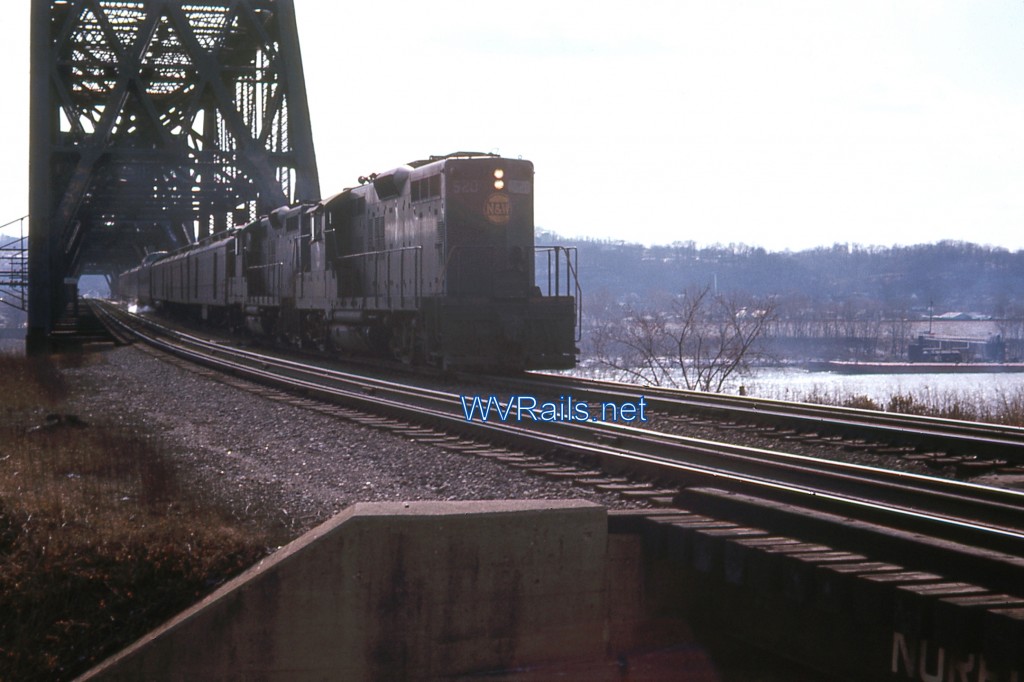

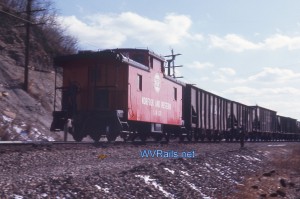
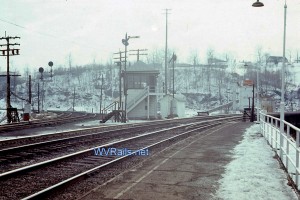

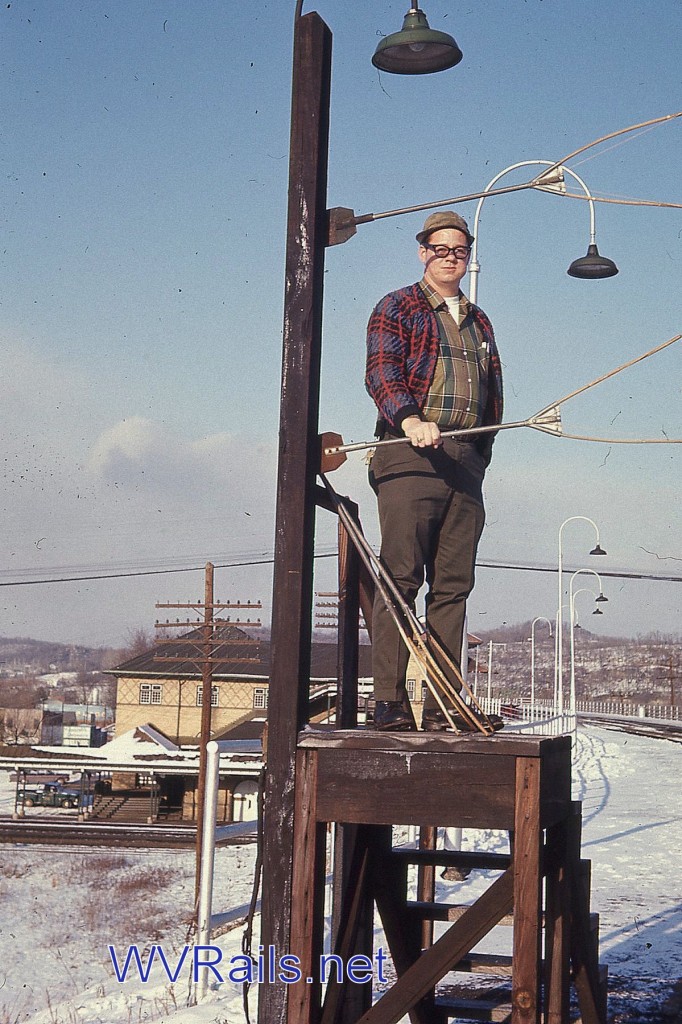
Recent Comments